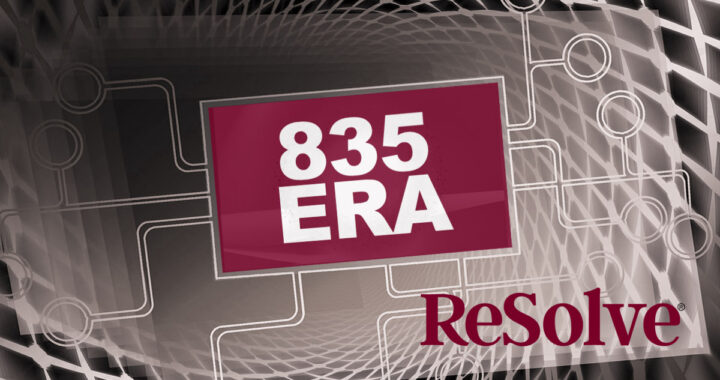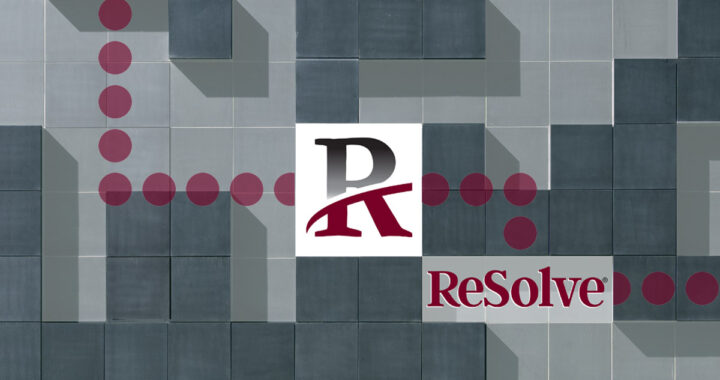IBM describes Robotics Process Automation (RPA) as a form of technology that uses rule-based software to perform business process activities at a high-volume, freeing up human resources to prioritize more complex tasks1. Used in concert with Intelligent Automation (IA), RPA is a sub-discipline of Artificial Intelligence (AI), like Machine Learning (ML).
Although distinct in their capabilities, RPA and AI often work in tandem to complement each other’s strengths2. RPA automates repetitive tasks based on fixed rules and inputs, while AI involves self-learning systems that can analyze data, make decisions and adapt over time.
For those in charge of healthcare business offices and creating revenue cycle efficiencies, RPA can help to eliminate redundant manual data entry whenever possible, freeing up valuable time for more productive, higher value assignments.
Integrating Multiple EMRs and PM Systems
Using RPA within the ReSolve® AI & Workflow Automation platform, larger Physician Groups, MSOs, Hospitals and Health Systems can significantly reduce manual processes by mapping interactions between traditional data entry tasks and their EMR and/or Practice Management (PM) billings applications. ReSolve® is also capable of capturing and splitting payments from co-mingled electronic remittances (ERAs).
The result is a much improved and streamlined remittance capture, reconciliation and payment posting process for all your sources of revenue.
ReSolve® Revenue Cycle Management (RCM) Benefits
RCMS’ ReSolve® provides significant opportunities in the business office for creating permanent revenue cycle improvements, including:
- Improved accuracy over redundant manual data entry
- Unattended and attended claims and billing applications
- Automated repetitive tasks in conjunction with AI and machine learning
- A more productive staff, focused on high-value work
- Ability to move data across multiple HIT and Accounting applications
- Connecting disparate systems where APIs don’t exist
- Enterprise reconciliation of all revenue with GL integrations
- Data is efficiently stored for auditing and regulatory requirements
- RPA processes can adjust and scale to changes in underlying systems
About RCMS
RCMS brings decades of healthcare business office experience to improve your revenue cycle. We can provide a wide range of Technology Solutions that provide for workflow automation and increased data quality. Contact RCMS about Robotics Processing Automation (RPA) for your central business office or shared service centers.
Editors Note: An earlier version of this article first appeared on RCMSLLC.com on July 5, 2022.
Citations
1IMB: What is RPA? | Link: https://www.ibm.com/think/topics/rpa#
2Hyland Software: The Difference Between AI and RPA | Link: https://www.hyland.com/en/resources/terminology/robotic-process-automation/rpa-ai-intelligent-automation



